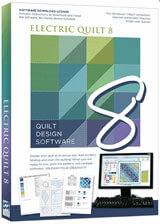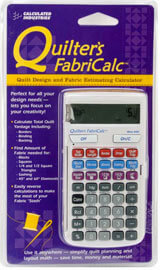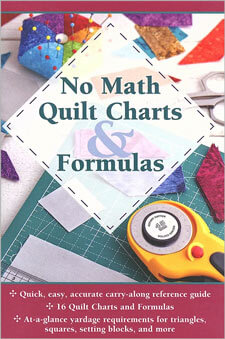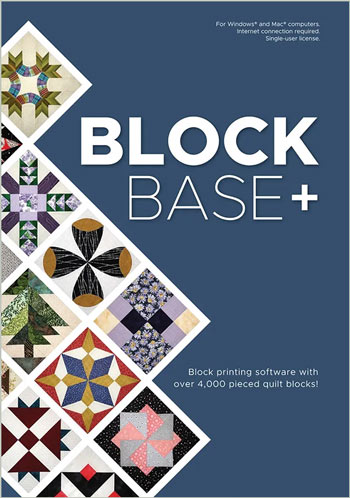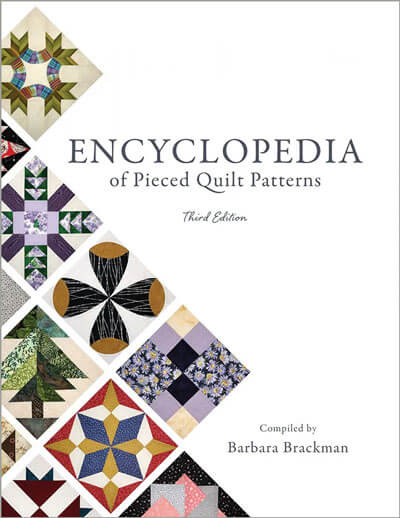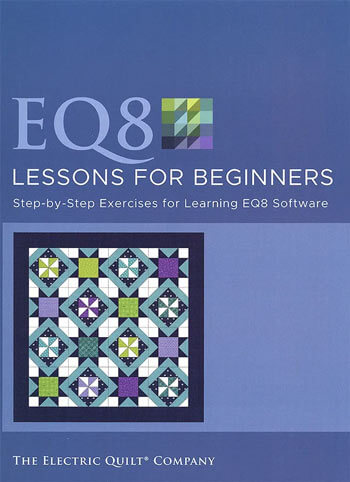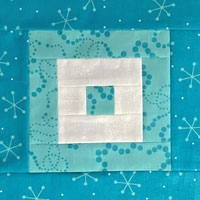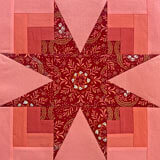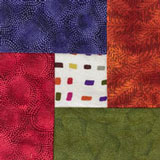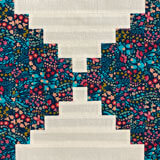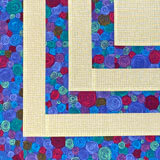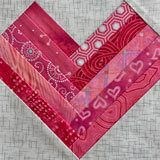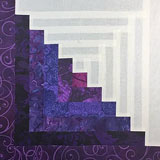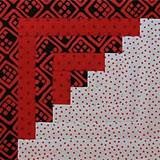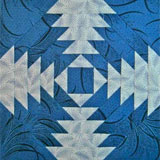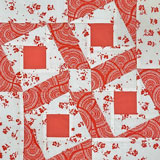- Home
- Quilt Design Inspiration
- Pineapple Quilt Pattern
Pineapple Quilt Pattern Designs
Our Log Cabin Design series continues...
This post contains affiliate links, for which I receive compensation.
The Pineapple quilt pattern, with all of its sharp points, is perhaps the most dazzling of all the Log Cabin quilt block designs.
At almost twice the number of pieces as a comparable log cabin block pattern, it definitely takes longer to piece.
You can choose to paper piece it or use traditional methods with specialty rulers.
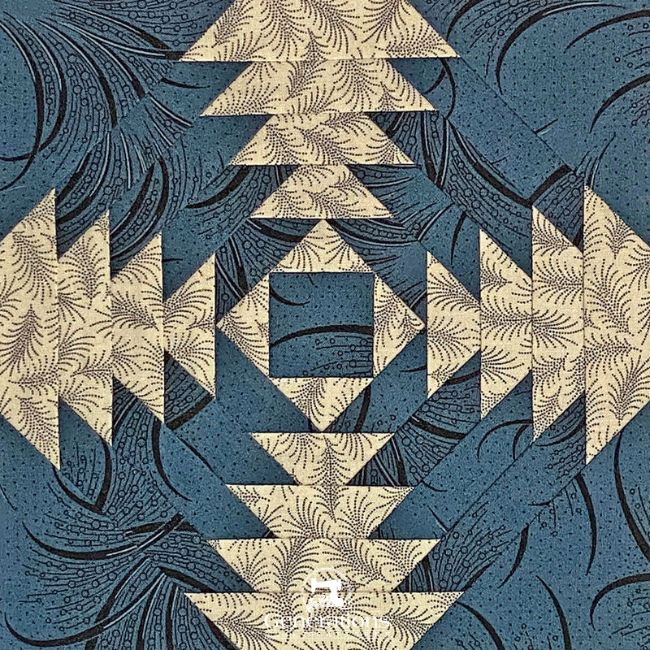
🧭Quick Navigation Links🔍
These links help you jump to the information you're particularly interested in:
- More Log Cabin quilt block designs to explore
The Building Blocks
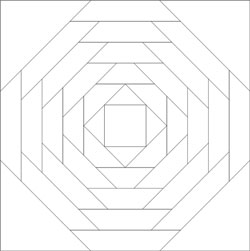 Pineapple quilt block drawing
Pineapple quilt block drawingPineapple quilt blocks, like their Log Cabin cousins, are built around a center square, but instead of just four logs, every round now contains an additional four patches.
A basic pineapple quilt block is pictured above. Note how the 'blades' uniformly divide the block into eight sections.
Other common names include: Maltese Cross, Washington Pavement, Colonial Pineapple, Chestnut Burr and Church Steps.
Piecing
Like the Courthouse Steps quilt block,
the strips on two opposite sides can be added before stopping to press.
The remaining two straight strips are stitched on and pressed.
Next, a
pair of patches in opposite corners are added and pressed, followed by the remaining two corner
patches.
Depending on the finished size of the block, as the patches get larger, you'll be able to add four patches before pressing to accelerate the whole process.
Tools to make quilt designing easier...
Click any image for more information, reviews, and pricing.
Pineapple Quilt Designs
Traditional Settings
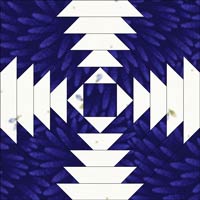
Most of the pineapple quilts you see, both new and old, are stitched together without sashing. When they are sewn this way the secondary design of the prickly 'pineapple' emerges.
Traditionally, dark fabrics compose the blades that form an 'X'.
Below is a quilt using this fabric placement in a straight set layout. Do you see the white 'pineapple' where the blocks meet?
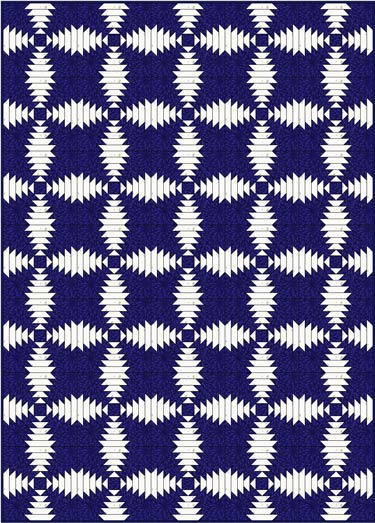
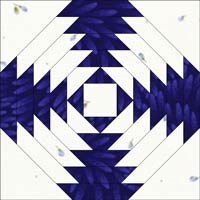
Now swap the light fabrics for darks and the result is a more open, lighter looking design, like this...
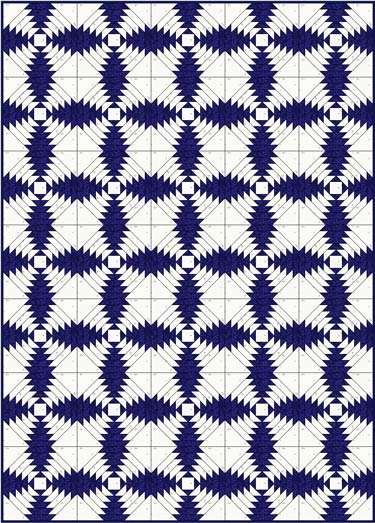
As you can see from the two quilts pictured above, it doesn't matter whether you use an even or odd number of blocks in the rows and columns of a straight set. The design is symmetrical either way.
Continue using a straight set, use both fabric layouts—a light 'X' and a dark 'X'—a pleasant design, but without the strong secondary pattern.
Helpful Hint
To maintain the symmetry of your design when using alternate blocks, use odd numbers of blocks in the rows and columns.
Here we're alternating the blocks, light in the corners and dark in the corners with uneven numbers in the rows and columns to maintain the symmetry.
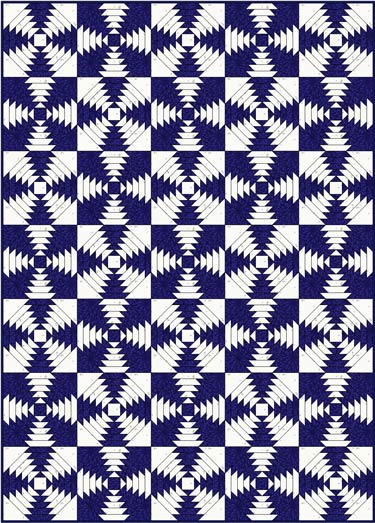
Now switch to an on-point layout with the fabrics positioned to form a light 'X'...
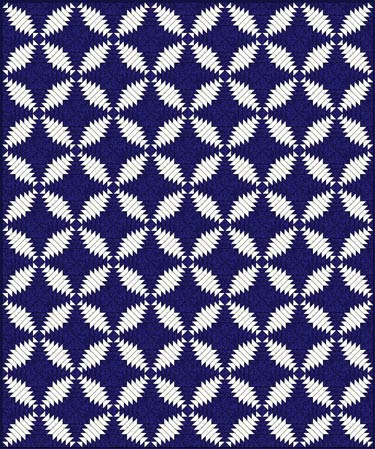
...and now a dark 'X'.
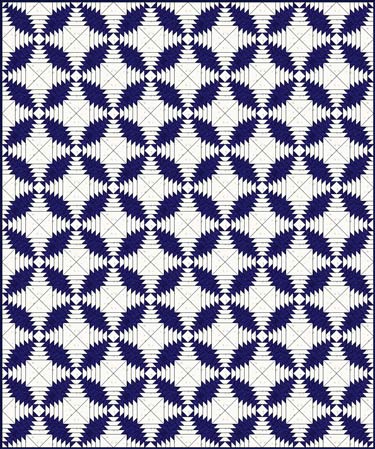
Now add some sashing
While pineapple quilts are traditionally set block-to-block, you can insert sashing between them. Add some bright fabrics and black, and you create this fun quilt…without having to match all those diagonal seams!
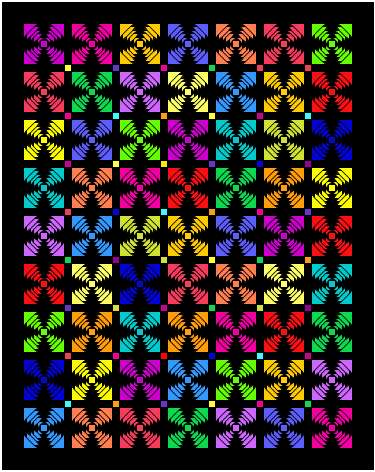
…and an on-point set creates this design. The patches look as if they are interlocking.
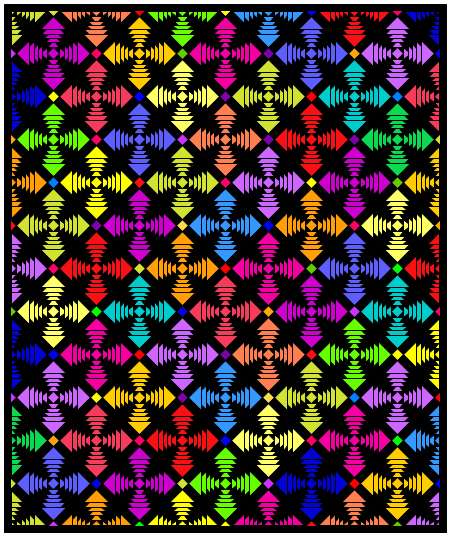
One last, unusual Pineapple quilt pattern...
This final quilt I saw at a quilt show several years ago. It features both versions of the Pineapple design—a light X and a dark X...
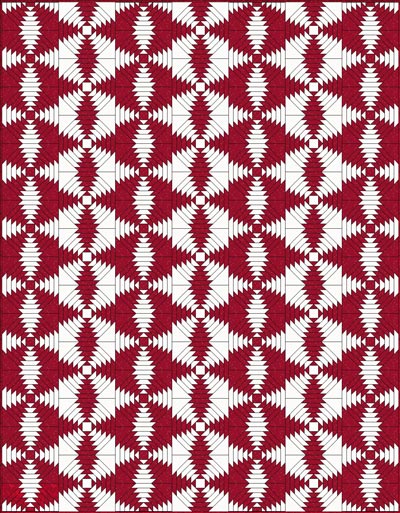
The original quilt design is by Anita Grossman Solomon. The pattern and instructions for this pineapple quilt pattern are found in the book, "Rotary Cutting Revolution: New One Step Cutting, 8 Quilt Blocks" published in 2010.
Anita has developed a very clever technique to piece the pineapples that doesn't use either templates or paper. She's one smart cookie!
Can you see how the blocks are put together?
Every other column begins with a half block, and the columns alternate between all dark X's and all light X's. The quilt is even more stunning in person!
With all this inspiration...
All you need are the blocks!
Visit our Free Pineapple Quilt Patterns page to download paper pieced block patterns in 6" and 8" finished sizes. There you'll find a fully illustrated step-by-step tutorial to take you through the process.
Also on that page are free downloads for coloring pages to help you design your own quilt in either a straight or on-point setting.
Learn More About Pineapple Quilt Patterns
If you enjoyed making this design, consider designing your own Pineapple quilt.
Start with the following pages for inspiration:
For more on Log Cabins, check out:
- Log Cabin Quilt Designs—ideas for YOUR Log Cabin quilt patterns
- Log cabin quilts can be paper pieced—try it for yourself
- How to quilt a Streak of Lightning quilt—a Log Cabin quilting suggestion
For more Log Cabin quilt block designs
These are all available quilt block tutorials on this website. Click the one you like to go straight to the tutorial.
- Home
- Quilt Design Inspiration
- Pineapple Quilt Pattern
